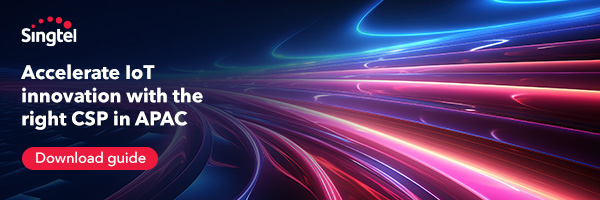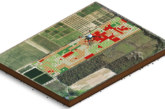
Even though the number of connected IoT devices in the consumer space currently exceeds those in the industrial one, Industrial IoT investments are seeing strong growth, in terms of cross-sector solutions as well as devices made to meet the needs of specific sectors.
Reply’s latest research “Industrial IoT: A Reality Check” explores two key areas that are driving the growth of IoT within the industrial market: smart factory and smart transport & logistics.
By connecting machinery and tools, the Industrial IoT (IIoT) enables manufacturing companies to improve the visibility of their production in real time. The huge amount of data generated by Industrial IoT devices constitutes the fuel for optimising production, improving the delivery quality, introducing predictive maintenance, automating the supply chain and much more.
Filippo Rizzante, Reply CTO, explains:
“Without the Industrial IoT, Industry 4.0 cannot exist. Data are the fuel for all “smart” use cases in the industrial world; Industrial IoT is the crucial element that guarantees the infrastructure to collect data, to send them to the cloud and to manage the feedback post-analysis, all as part of a virtuous circle of benefits to business.”
Market growth
The research, carried out thanks to the data collected with the use of the proprietary Trend Sonar platform and the support provided by the Teknowlogy Group, also examines the main markets for smart factories and smart transport & logistics, grouped into two clusters: “Europe-5” (Germany, Italy, France, Belgium and the Netherlands) and “Big-5” (the USA, China, India, Brazil and the UK).
Despite the though economic climate of 2020, both clusters saw a small growth in investments in smart factories, as well as in the smart transport & logistics area, while further and much more significant growth is expected by 2025. Overall, the smart factory market of the “Big-5” cluster, led by the US, is expected to exceed €86 billion by 2025, with strong investments in platforms, predictive solutions and remote monitoring. The smart transport & logistics market is set to exceed €15 billion. In the “Europe-5” cluster, on the other hand, the smart factory market is expected to nearly triple in all countries, reaching a total of over €23 billion in the five countries in question, with Germany in the lead. Platforms are set to experience exponential growth and businesses will invest to manage quality better and to reduce costs. Germany will also remain the leader in the smart transport & logistics area, but the other countries in the cluster will still see significant growth. This Cluster is expected to reach a total value of €3.6 billion in 2025.
The drive of 5G and edge computing
The adoption of low-cost sensors and 5G networks, driven by large investments by Telcos, will further improve the diffusion of Industrial IoT. For example, improved communication between autonomous vehicles/robots, artificial intelligence and machinery, combined with increased computing power and very low latency, is expected to improve not only the efficiency of plants, but also their safety. Moreover, the ability to create high-density private networks will enable a wider deployment of the Industrial IoT, as well as the connection of a significant number of sensors, machinery, vehicles and robots, complemented by a greater use of augmented and virtual reality to support “connected workers”.
Cybersecurity is a crucial factor
The constant growth of connected devices and their heterogeneity requires bold security management of the setup and maintenance policy of both devices and networks. Based on its experience, Reply believes that organisations need to adopt micro-segmented environments (on-premises and/or cloud-based), which are stable and ready to react to both traditional and new dangerous technologies and techniques, thus reducing the probability that new types of attacks will be successful. The analysis of IoT architecture, of industrial components and of entire infrastructures will help companies to eliminate existing gaps, vulnerabilities and threats in advance. But this is much more than merely a technological issue: training programmes aimed at employees, together with the study and continuous testing of all devices used will also be crucial.
From factories to consumers
If, in recent years, Industrial Internet of Things technologies have been adopted and used, above all, to improve the efficiency of factories and logistics centres, during the pandemic, new investments have been directed primarily towards improving worker safety. The long-term trend, however, is expected to directly involve final consumers. The success of so-called “connected products” is, in fact, accelerating investments towards solutions in which the collection and processing of usage data does not only involve production machinery, but also the use of finished products. The redesign of design, production and distribution processes of IoT-connected products is enabling the creation of value-added services and facilitating the ability to remotely update and maintain household appliances, cars, robots, electronics and entertainment devices.







